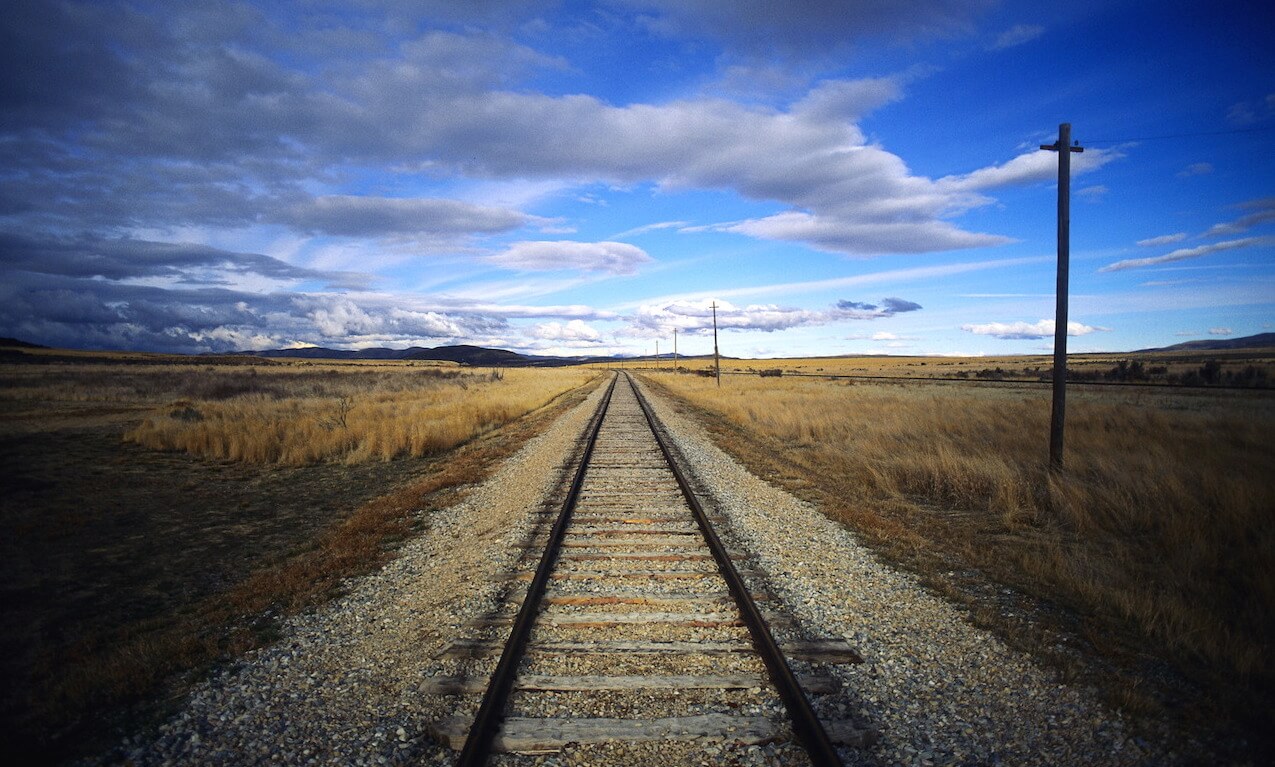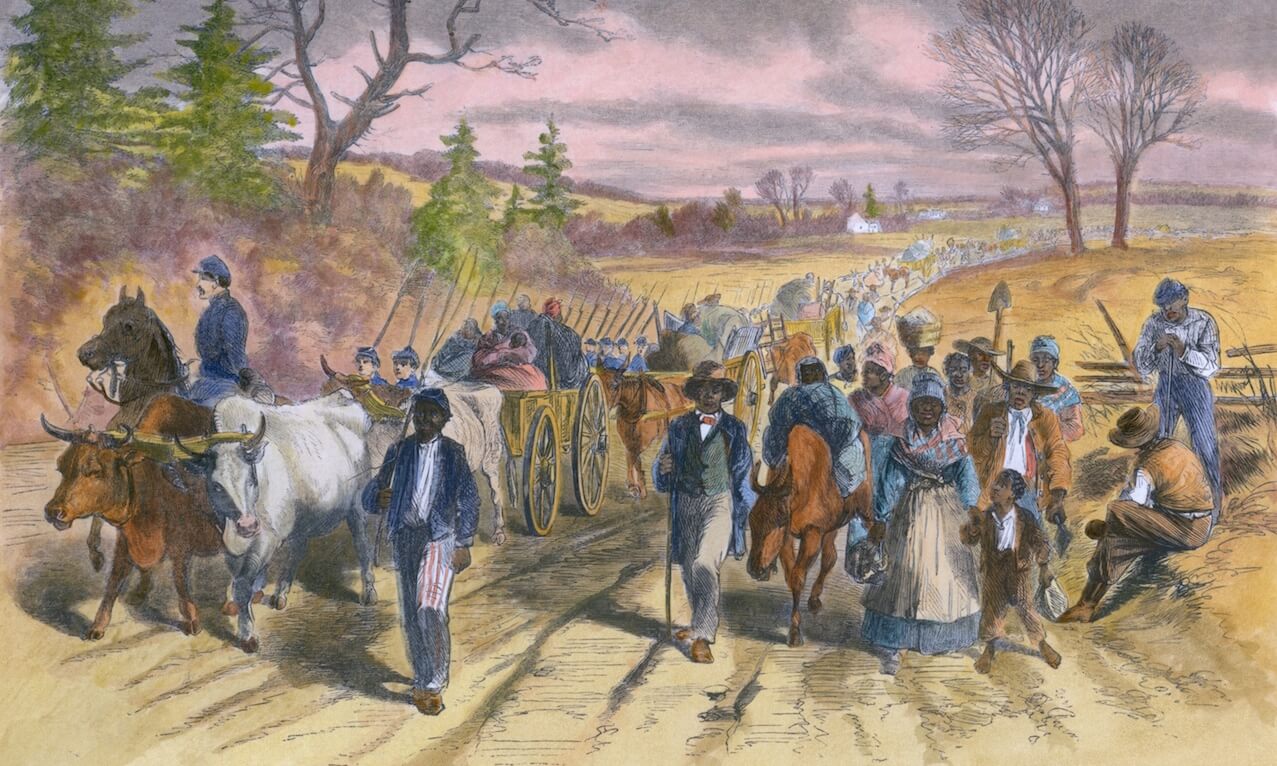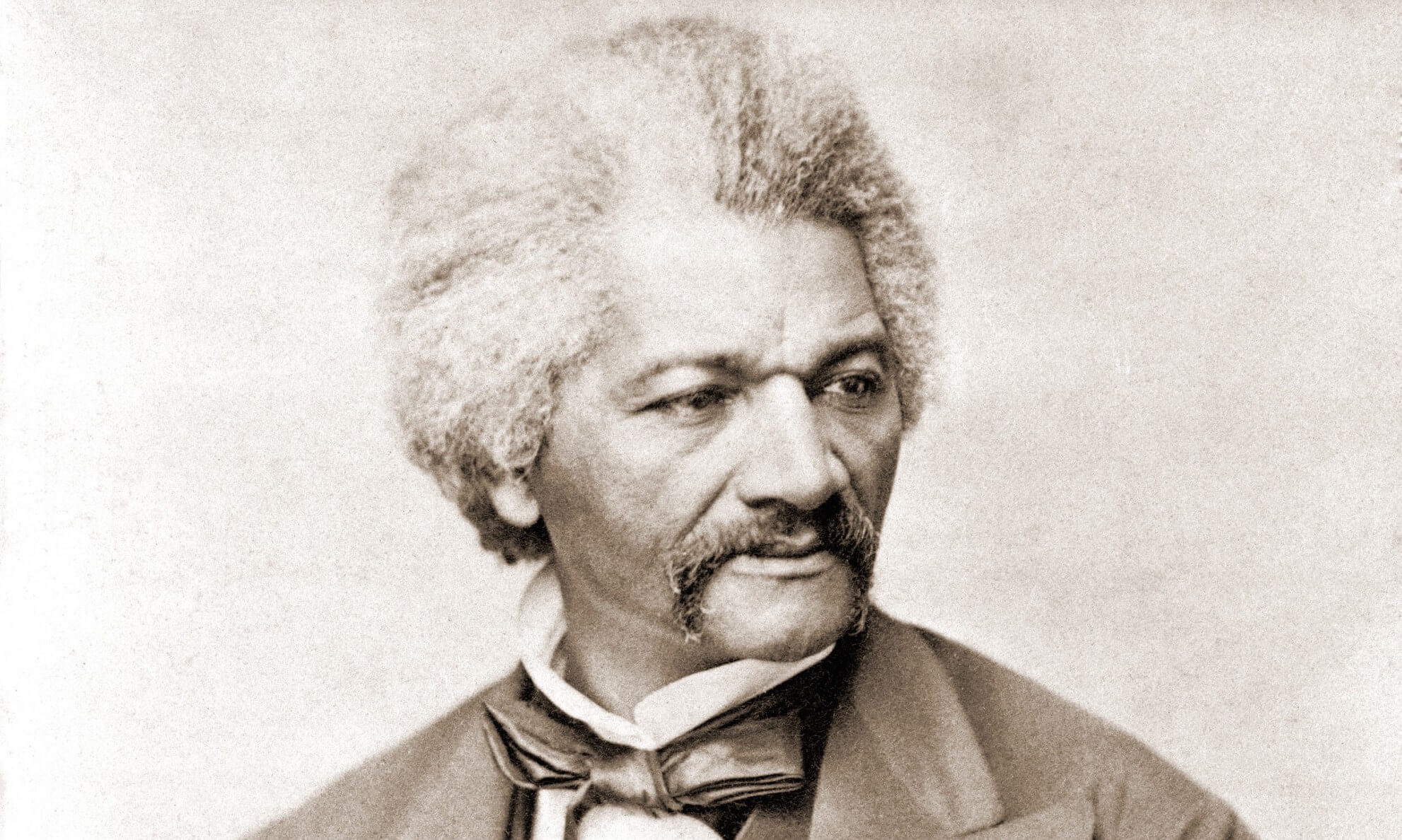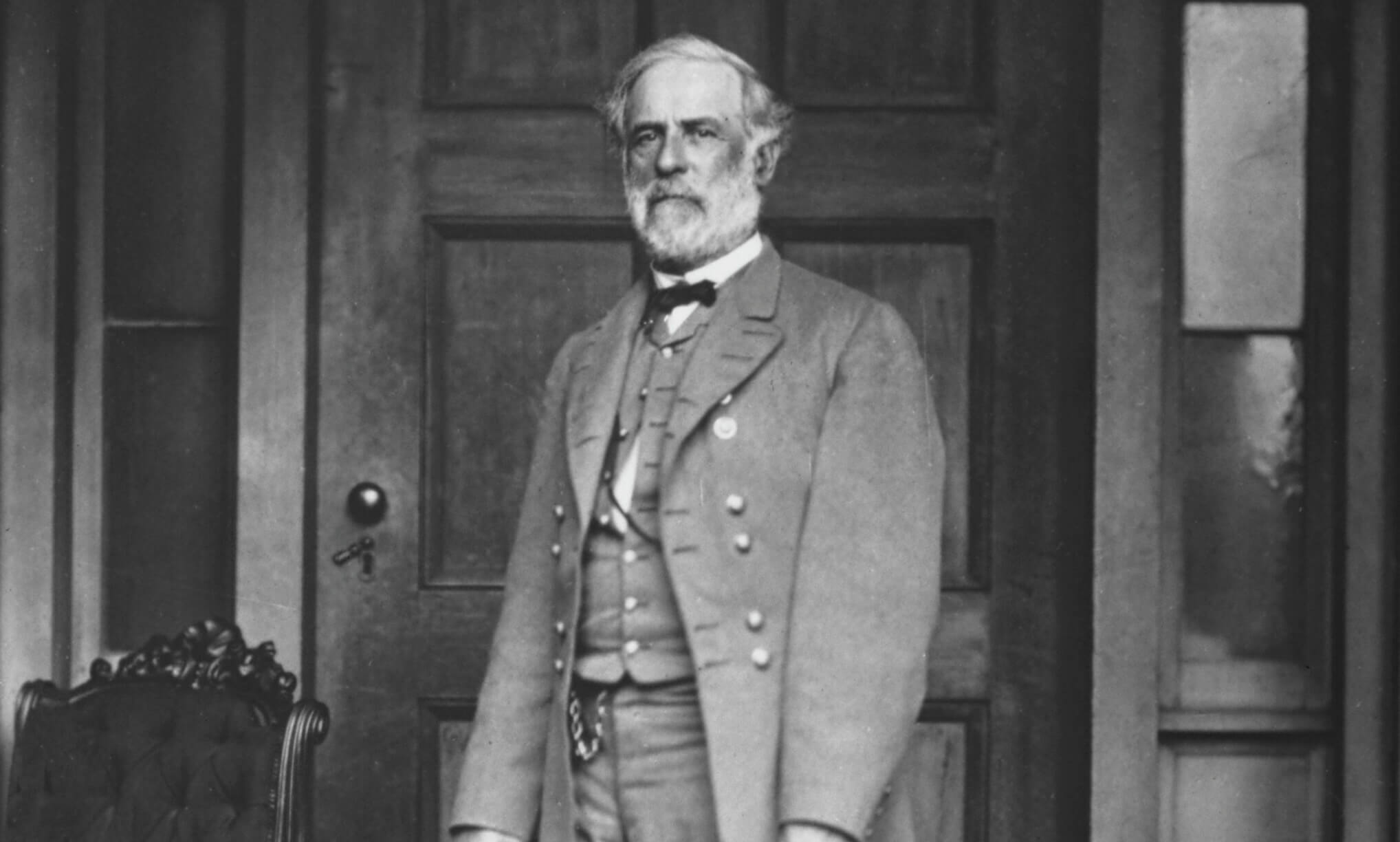A critic from The Economist magazine reviews The Republic for Which It Stands, in which author Richard White outlines the politics and economics of the United States following the Civil War.


A critic from The Economist magazine reviews The Republic for Which It Stands, in which author Richard White outlines the politics and economics of the United States following the Civil War.

Critic Herschthal reviews historian Stephen Kantrowitz’s 2012 book about the abolitionist leaders who fought for more than just the end of slavery before and after the Civil War.

In this account of baseball history, read about black ball clubs’ interactions with white ball clubs and how the players fought for more equality on and off the field.

Read about poet Robert Hayden and listen to him recite part of one of his most famous poems.

In this article, the writer explores the history and context of Native American team names and logos.

Take a look at this pamphlet from 1866. In it the author gives common arguments against affording women the right to vote and then refutes each one.

Listen to this account of Frederick Douglass’s first years of freedom.

Chinese immigrants made significant contributions to the building of the Transcontinental Railroad. Completed in 1869, their work went largely unrecognized at the time.

Read two differing arguments about whether Confederate statues should be removed from public places. Remember to analyze the authors’ reasoning and supporting evidence.

In 1864, William Tecumseh Sherman led a hard-war strategy of pillaging and destorying property in the South, leaving civilians depleted.

The fight for women’s suffrage did not begin or end when the Civil War was over. Explore the complete history of the fight for women’s right to vote, and browse photo galleries and videos about the soldiers in the fight.

PhD student Agnes Arnold-Foster talks about how distributing candy to students in various ways led to a discussion of equality and fairness.

Read or listen to this account of Abraham Lincoln’s mindset leading up to the signing of the Emancipation Proclamation. View the artwork depicting the event at the bottom of article.

Columbia University history professor Eric Foner argues that Reconstruction ended before it could become truly successful, and he draws parallels to current affairs.

In his new book, author and professor Randall Fuller investigates how abolitionists and slaveholders reacted to Charles Darwin’s theory of evolution. In this Q&A, he shares what he discovered.

Neuroscientist William Skaggs uses motivational psychology to explore the concept of freedom.

Though the 19th Amendment, which gave women the right to vote, wasn’t ratified until 1920, much of the groundwork for women’s suffrage was laid during the abolitionist movement preceding the Civil War.

Historian Gary Wills discusses the significance of the Gettysburg Address.

Journalist Kathryn Shulz examines fictional accounts of fugitive slaves navigating the underground railroad, the accuracy of those accounts, and why we are drawn to them.

In this White House blog post, U.S. Chief Technology Officer Megan Smith outlines the importance of the Declaration of Sentiments, which called for the equal rights of women, and asks for tips from the public to find the historic document.